Affiliate links on Android Authority may earn us a commission. Learn more.
Galaxy S6 features either ISOCELL or Sony image sensors, here's the difference
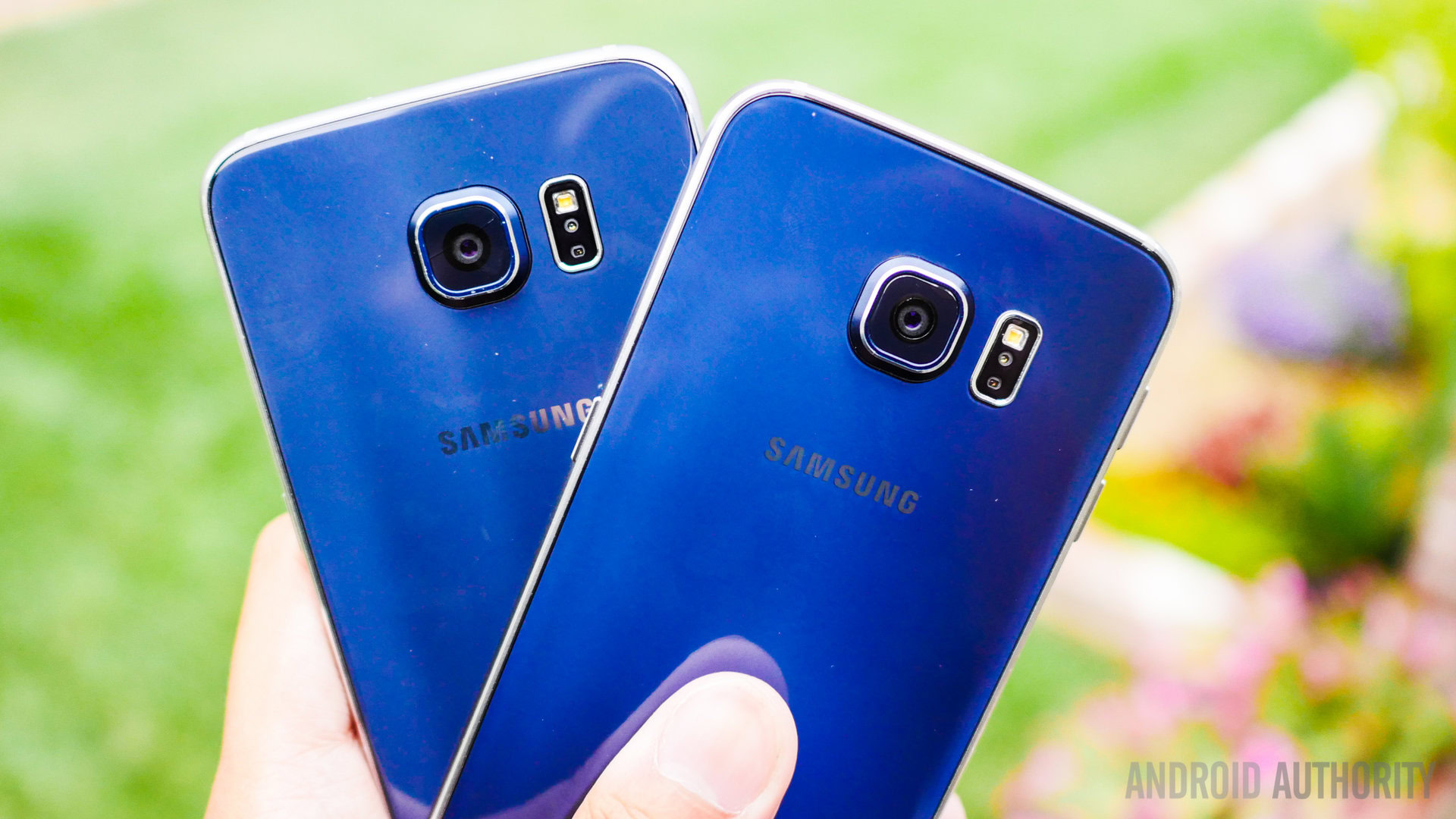
The Samsung Galaxy S6 and S6 Edge come sporting cutting edge camera technology, which was believed to be based on the Sony sensor found in the Note 4. However, it turns out that Samsung is also supplying the sensors in some of its S6 smartphones itself, but it’s pot-luck as to whether you’ll end up with a Samsung ISOCELL camera or a Sony IMX240.
Naturally, potential Galaxy S6 customers might be concerned that one sensor performs worse than the other or that there are glaring differences between the two. Fortunately, SamMobile has managed to get its hands on phones with both sensors and has taken them out for a test to have a look at any differences. Auto Mode was used to test the phones in all but the last comparison, which forced HDR mode to on. Interestingly, the IMX240 results produced larger file sizes than pictures captured using the ISOCELL sensor, but there doesn’t appear to be a noticeable gap in quality. Here’s a sample of the comparison snaps (ISOCELL, Sony, then 1:1 crop comparison).


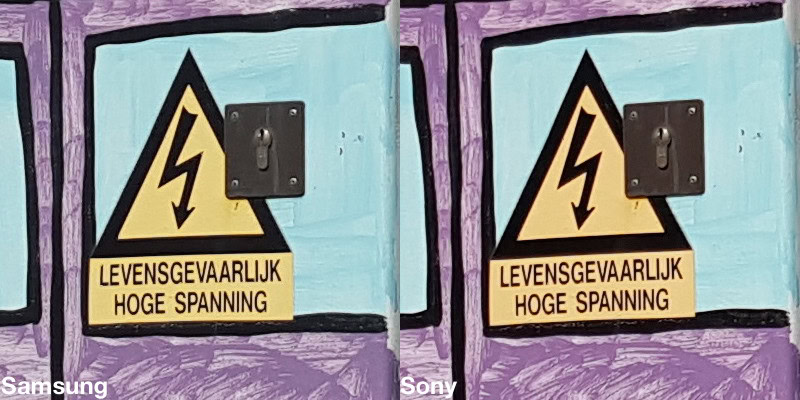

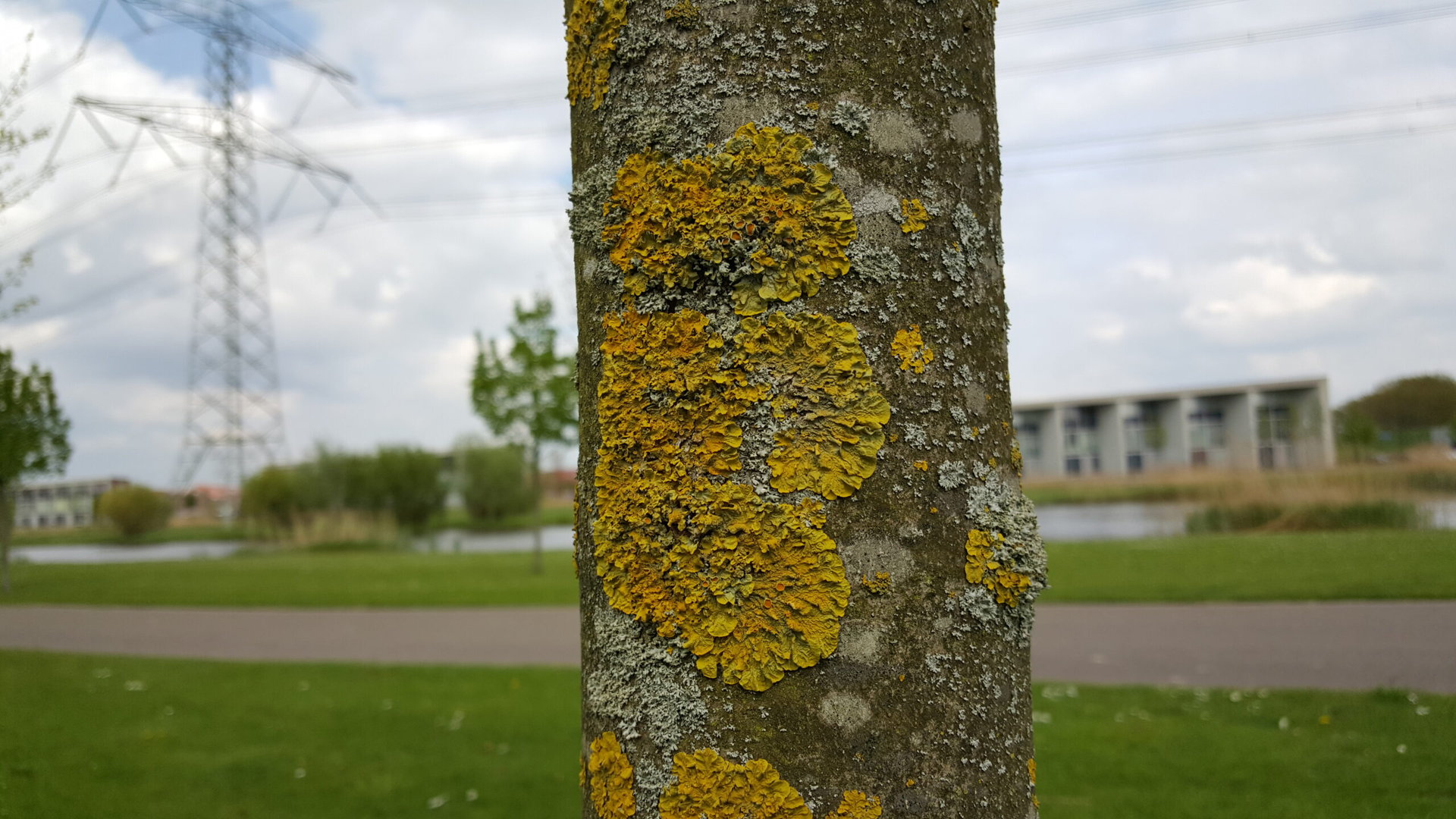
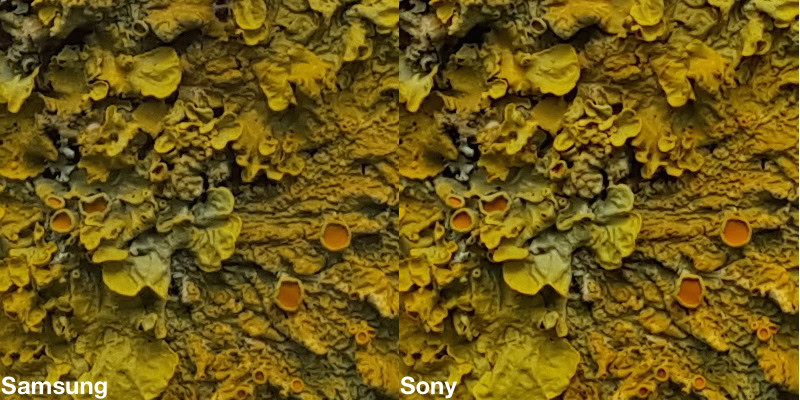
Looking at the 1:1 cropped images, there’s very little difference in image clarity and noise in the well-lit environments. Samsung’s software seems to provide a very close output here. However, in low light conditions we can see a little more noise creep in to both pictures, which manifests slightly differently in each sensor.
Perhaps more noticeable is the slight color differences between the two sensors. In daylight this can be seen as an ever so slightly warmer tone for the Sony sensor, while darker environments show a significant blue tint compared with ISOCELL. However, this tint appears significantly reduced in low light by forcing HDR mode to on, suggesting that the sensors and software aren’t quite perfectly matched up. Remember that ISOCELL is specifically designed for enhanced low light sensitivity and less leakage. Overall, very close results can be obtained with either sensor, but there are some noticeable differences when you pair them side by side.

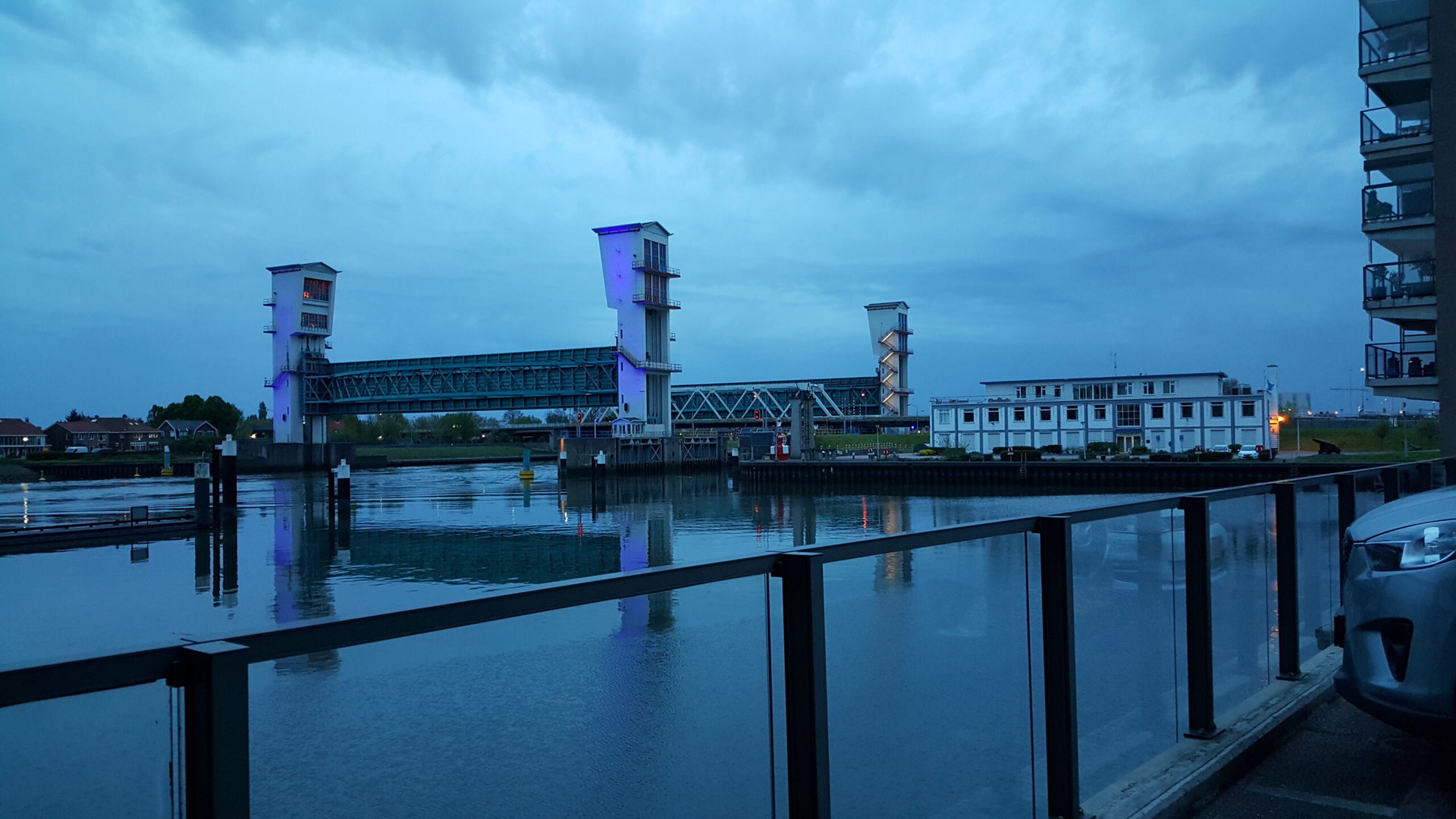
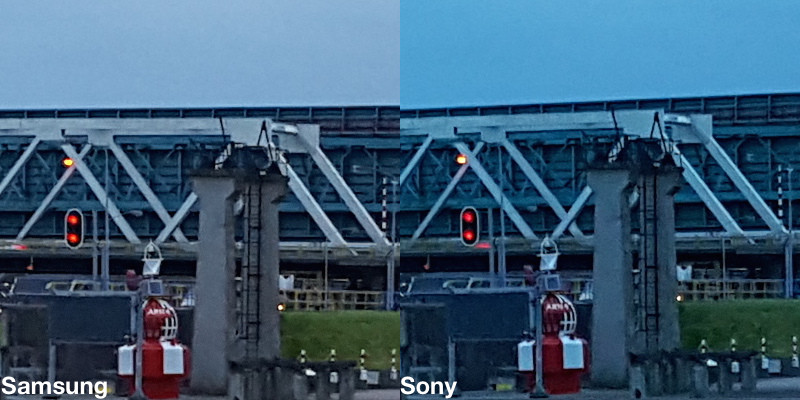
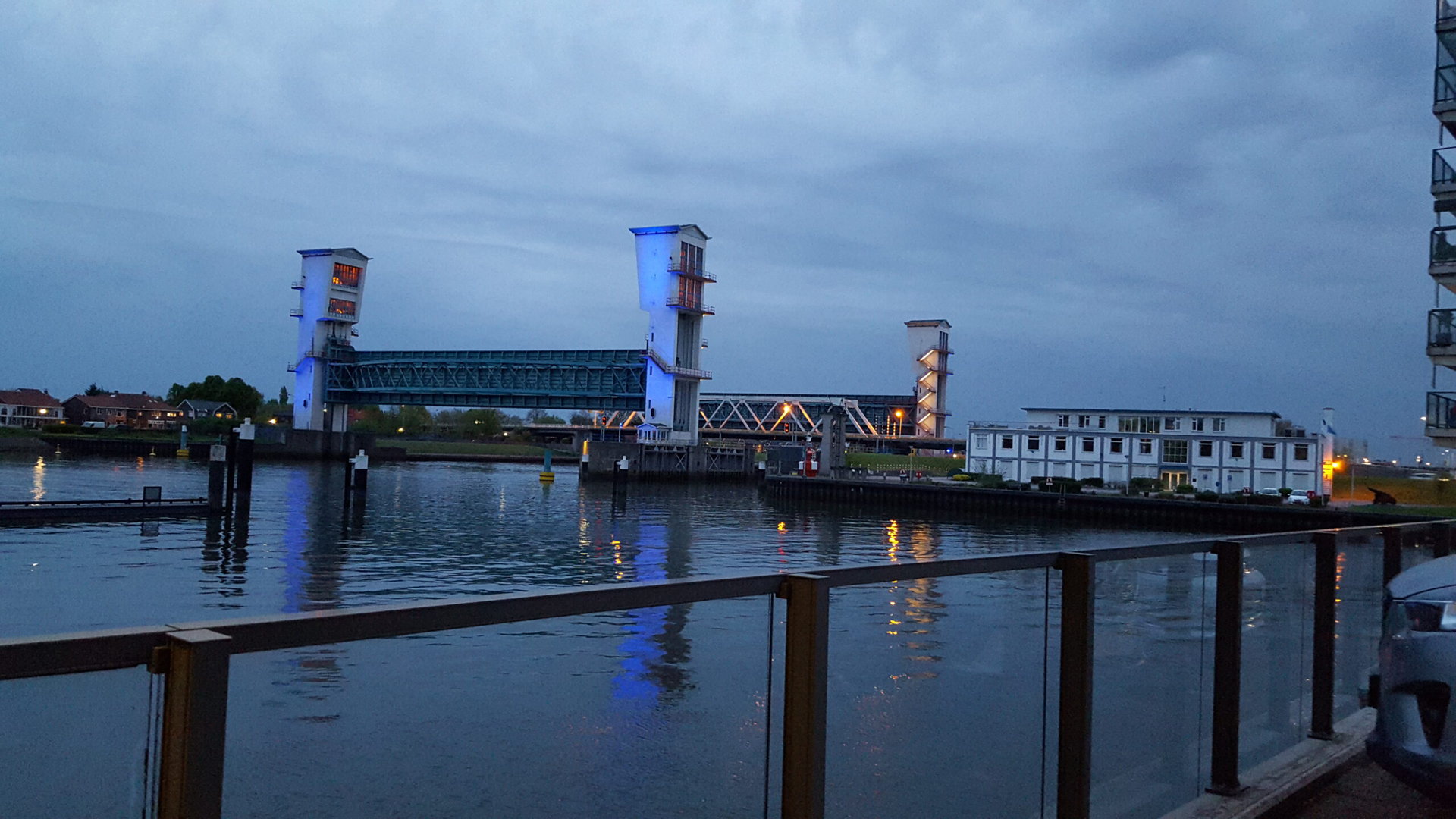
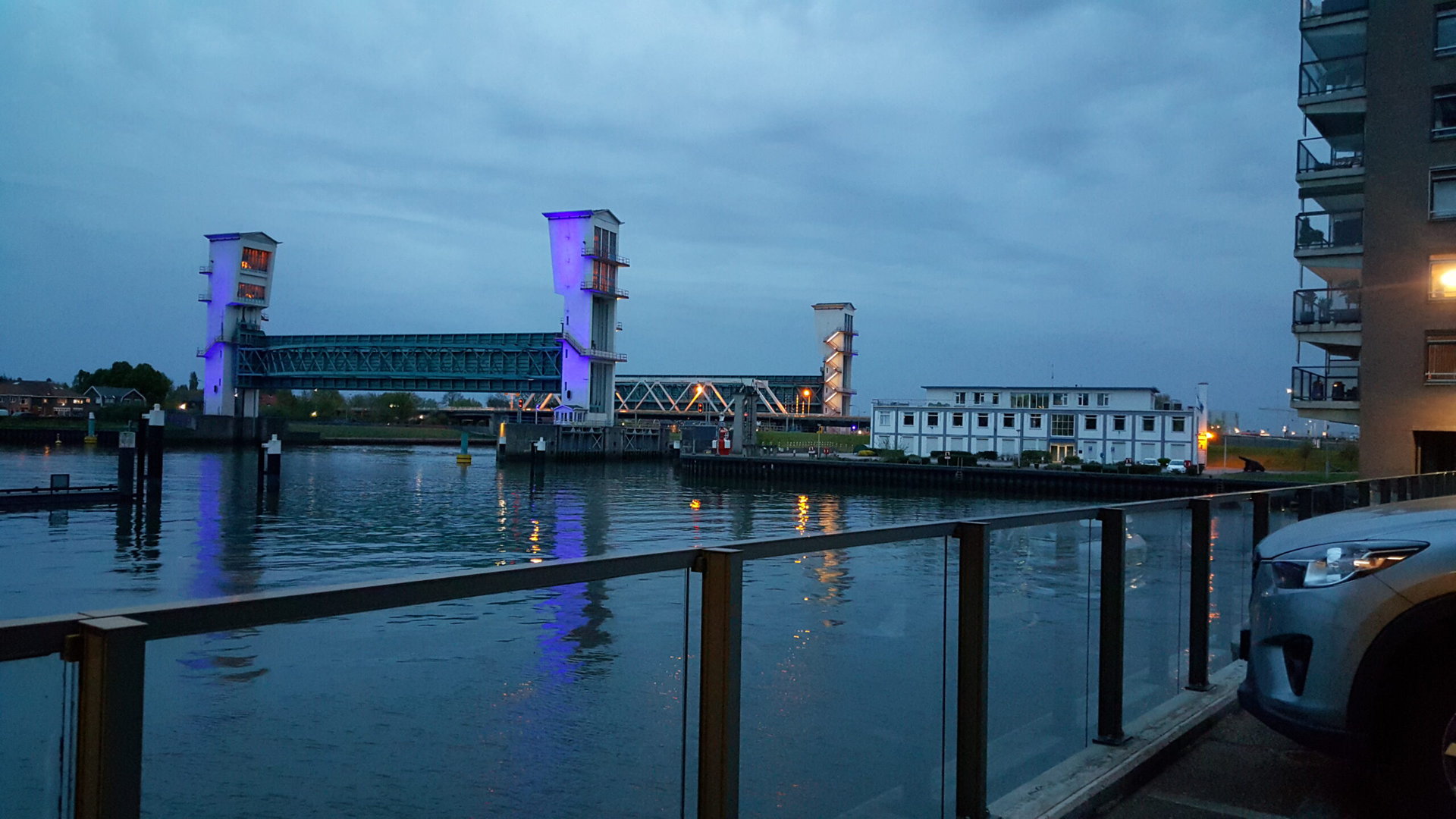
It’s an interesting comparison, with the Sony IMX240 perhaps providing a little more vibrancy than Samsung’s ISOCELL in daylight conditions, but with ISOCELL performing better in low light scenarios, at least as far as auto mode goes.
As for why Samsung has opted to use two difference sensors in its Galaxy S6 and S6 Edge smartphones, we can only imagine that a component shortage is the culprit. Previously we’ve seen Samsung opt for different processing packages in different regions to meet demand. What’s odd is that Samsung didn’t see it fit to inform consumers about the different components this time around.
For consumers, I don’t imagine that anyone will have complaints about either sensor, but it appears that not every Galaxy S6 is built quite the same.